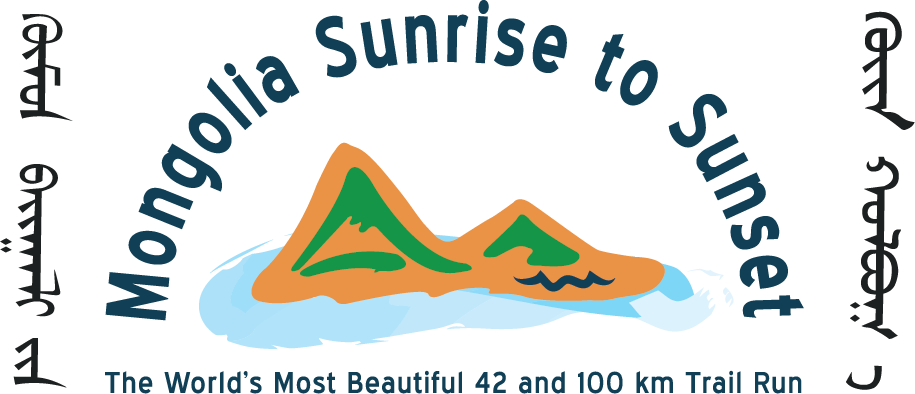Safety is of prime importance to us and as we are far from permanent medical services, we have based safety on prevention and on monitoring of participants. The nearest medical facilities are about 3-4 hours by car. This is a provincial hospital and not as well-equipped as those in the capital city, UB.
We repeatedly warn participants of the risks so that they don’t over-extend themselves during their stay inMongoliaand during the race, and so that they keep the risks in mind during the race. (The warnings also have the side-effect of keeping away people who are stressed by security issues, which makes the race atmosphere generally relaxed.)
The risks themselves, however, are not high relative to many other adventure travel programs. As for any outdoor running race, the primary risks we have identified are:
- Heart attack (very little can be done and this would happen to anyone with a predisposition overexerting him/herself in any race)
- Spraining/breaking an ankle
- Falling badly (mostly on downhill slopes)
- An injury that may prevent a person to move under his/her own power to an area with other runners, support staff or other local people who could offer assistance (either because the person is lost far from the track or because the person is off track and unconscious), forcing the person to stay outside while the weather may turn bad or cold, rainy, and night may fall.
There are no abysses or similarly dangerous passages on the race course. The worse parts are steep inclines, and getting wet feet going through marshy terrain.
To prevent the above, we take the following measures:
- Request a race history and have every participant undergo a physical check with our chief doctor.
- Have a locally qualified Mongolian doctor at each aid station (every 10-15 Km), with monitoring equipment (blood pressure, pulse) and basic medicine.
- Based on the physical, the Chief Doctor decides if a participant must have a horseman assigned to stay with him throughout the entire race (relatively rare case) or ask the doctors at aid stations to monitor specific participants along the course and report to the Chief Doctor by radio. All doctors have the right (and duty) to withdraw any participant they deem in danger at any time.
- To avoid the situation of people getting lost, we pay particular attention to the course marking, and we have every aid station report on the passage of every participant to the race HQ by radio (each aid station has a radio link). In this way, we know where someone may go missing.
- Each aid station has a horseman ready to go look for someone who has gone missing.
- Each participant receives a kit containing a map, a space blanket, emergency food and a whistle (plus a pencil and pad) to be able to cope and attract help in case of difficulty or getting lost.
Except for scratches, blisters, cramps, cases of diarrhea and sprained ankles, since the first race in 1999, we had very few serious medical problems:
- One fractured leg
- A 17 years old Mongolian went missing after an epilepsy crisis (he did not inform us that he was epileptic) but was found after a 3 hour search
- A participant cracked a vertebra on a fall on a downhill slope (the participant finished the race, and only found out about his cracked vertebra 6 months after the race).
Although we pay special attention to the marking, one or two participants manage to get off course briefly during almost every race. Yet, none have gotten lost to the point that we had to look for her/him.
Be Safe
